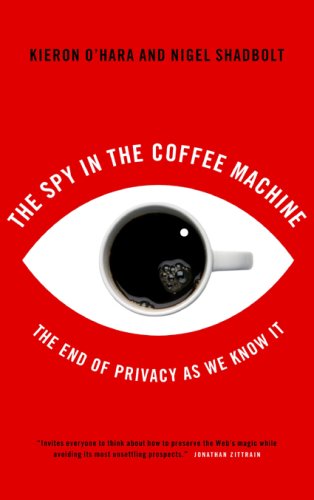
For some reason I have recently equated the Mozilla foundation to Firefox. Sitting in the Mozilla room at Fosdem for a couple of hours has cured me of that.
Mitchell Baker, chairperson of the Mozilla foundation, talked about the right for self-determination on the Internet. She explained that having a completely open (meaning free as in freedom) stack to access the Internet does not necessarily mean that you have ownership over your digital self. There is a tendency for web services on the net to be free as in free beer (think Facebook), without giving users true ownership of their data. Mozilla has started a couple of projects to try and move the open spectrum away from the internet accessing device to the net. Trying to make sure that at least one slice of the net is open. Mozilla Weave is an example project that aligns with this goal. I really like the fact that Weave does client side encryption of all data and that it is offered as a service by Mozilla but can also be installed locally.
Tristan Nitot then talked about “hackability”. He actually doesn’t like to use that word because it has negative connotations for the media. What he means with it is “generativity” (see The Future of the Internet and How to Stop It), but that word is even harder to understand. His argument was relatively simple though: vendors aren’t always creative imagining what their products can be used for. The telephone, for example, was thought to be used mainly for listening to opera music. It is important that people are allowed to play with technology, because that is where innovation comes from. Tristan finished his talk with a slide with the following text: “Hackability is getting the future we want, not the one they are selling us.”
Paul Rouget then demoed a couple of very interesting hacks using Firefox with Stylish, Greasemonkey and some HTML5 functionality. A lot of his work can be found at on the Mozilla Hacks site. An example is this HTML5 image uploader:
[youtube=http://www.youtube.com/v/wbSoSCStodA]
Finally we had Robert Nyman introduce HTML5 to us. I thought it was interesting to see that it was Mozilla, Apple and Opera that started the WHATWG and got the work on creating the HTML spec started. Their work will be very important (for example, it might mean the end for Flash) and should make a lot of web designer’s lives less miserable. Robert’s presentation is on Slideshare:
[slideshare id=3089690&doc=an-introduction-to-html5-fosdem-100206103609-phpapp02]
Some things will be much easier in HTML5: what caught my eye were some new elements (allowing more semantic richness, e.g. elements like <header> or <aside>), the new input types which can include client-side validation and the new <video> and <canvas> elements.
Finally I would like to point you towards the Mozilla Manifesto. This is the introduction to the document which is available in many languages:
The Mozilla project is a global community of people who believe that openness, innovation, and opportunity are key to the continued health of the Internet. We have worked together since 1998 to ensure that the Internet is developed in a way that benefits everyone. As a result of the community’s efforts, we have distilled a set of principles that we believe are critical for the Internet to continue to benefit the public good. These principles are contained in the Mozilla Manifesto.
Mozilla has endeared me again. Cool people, great projects, an important cause.

